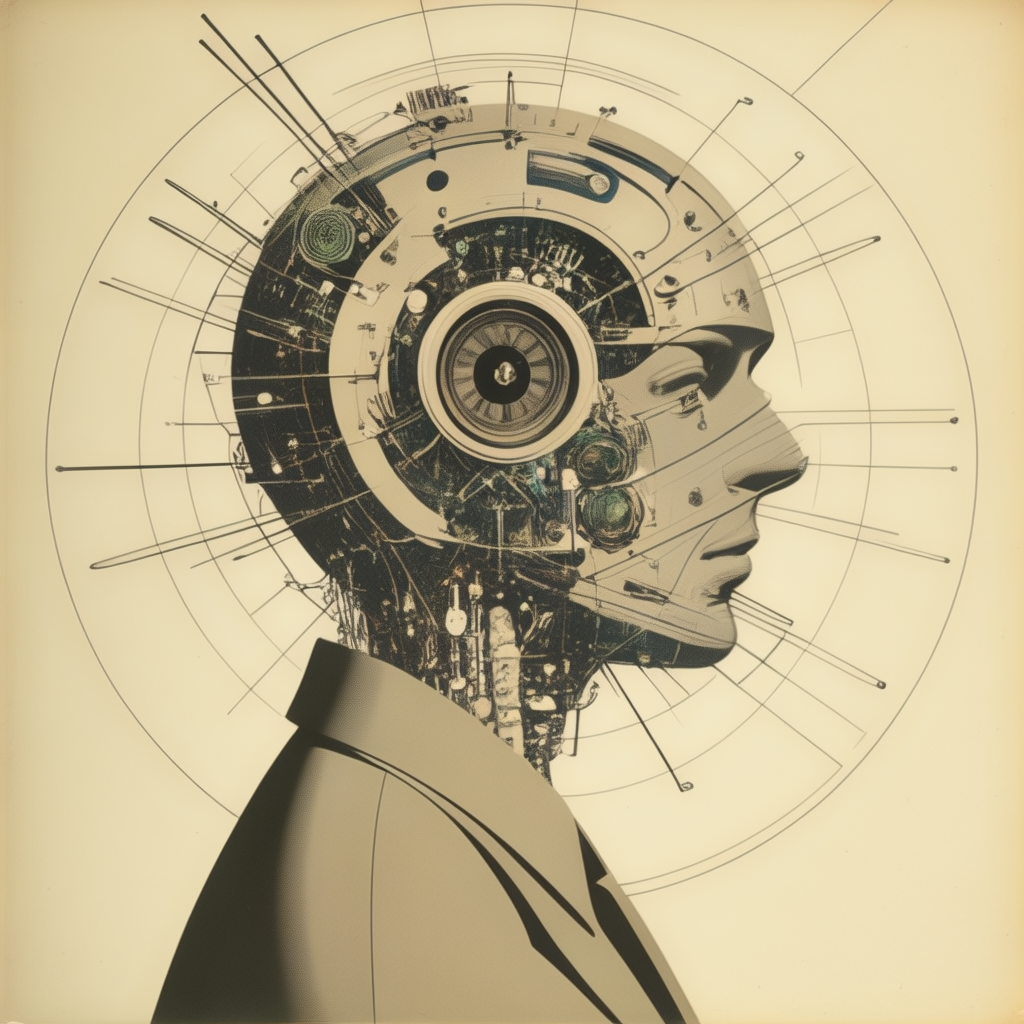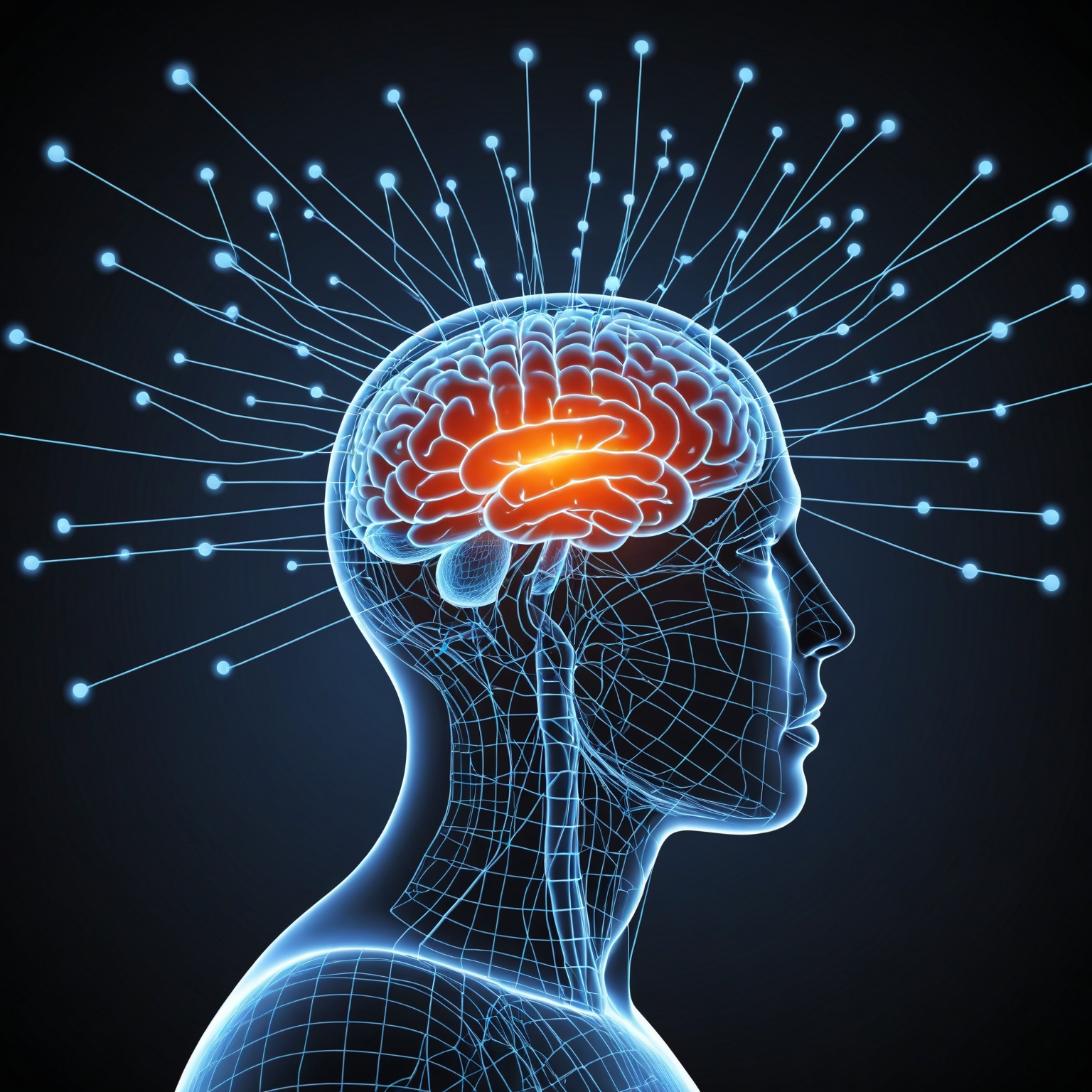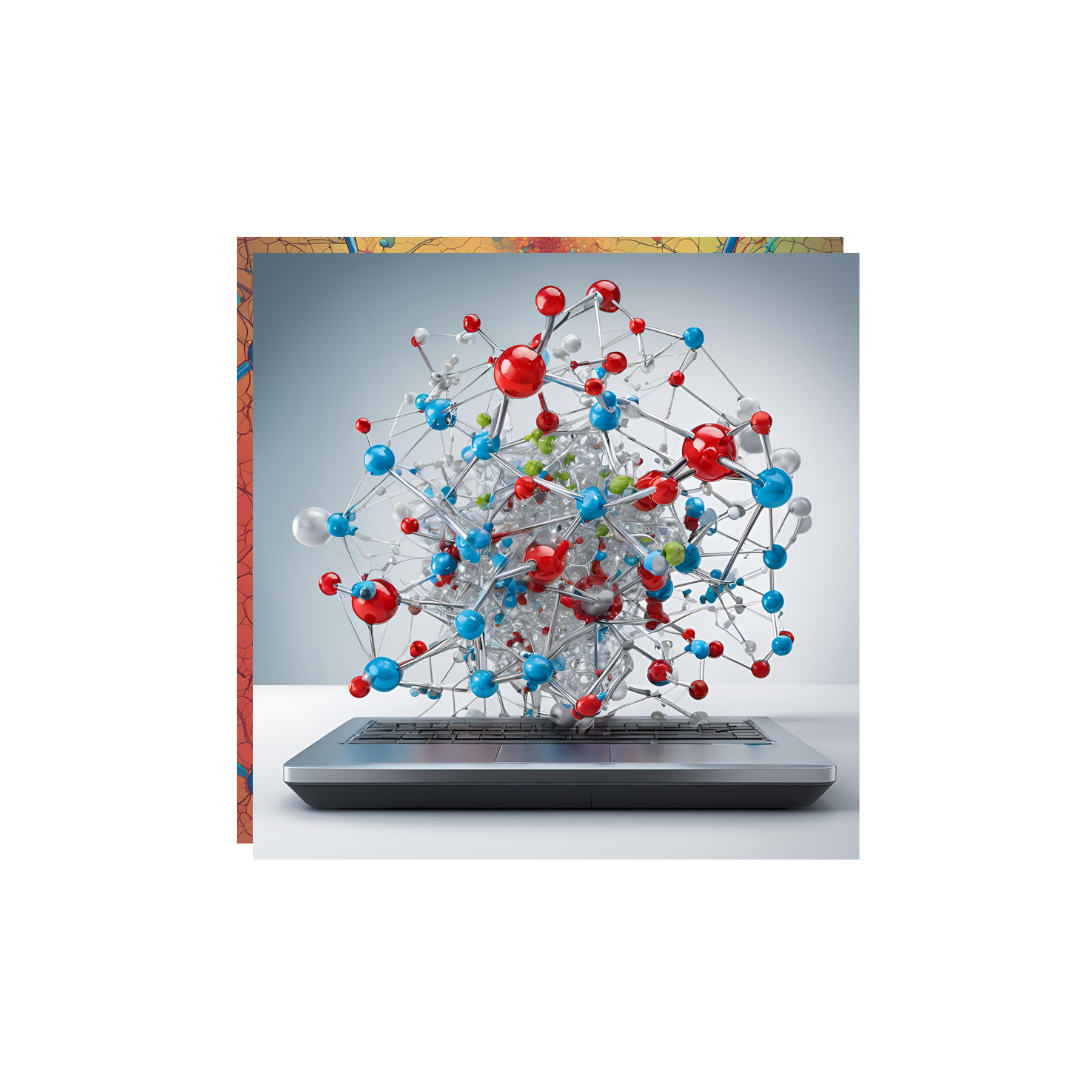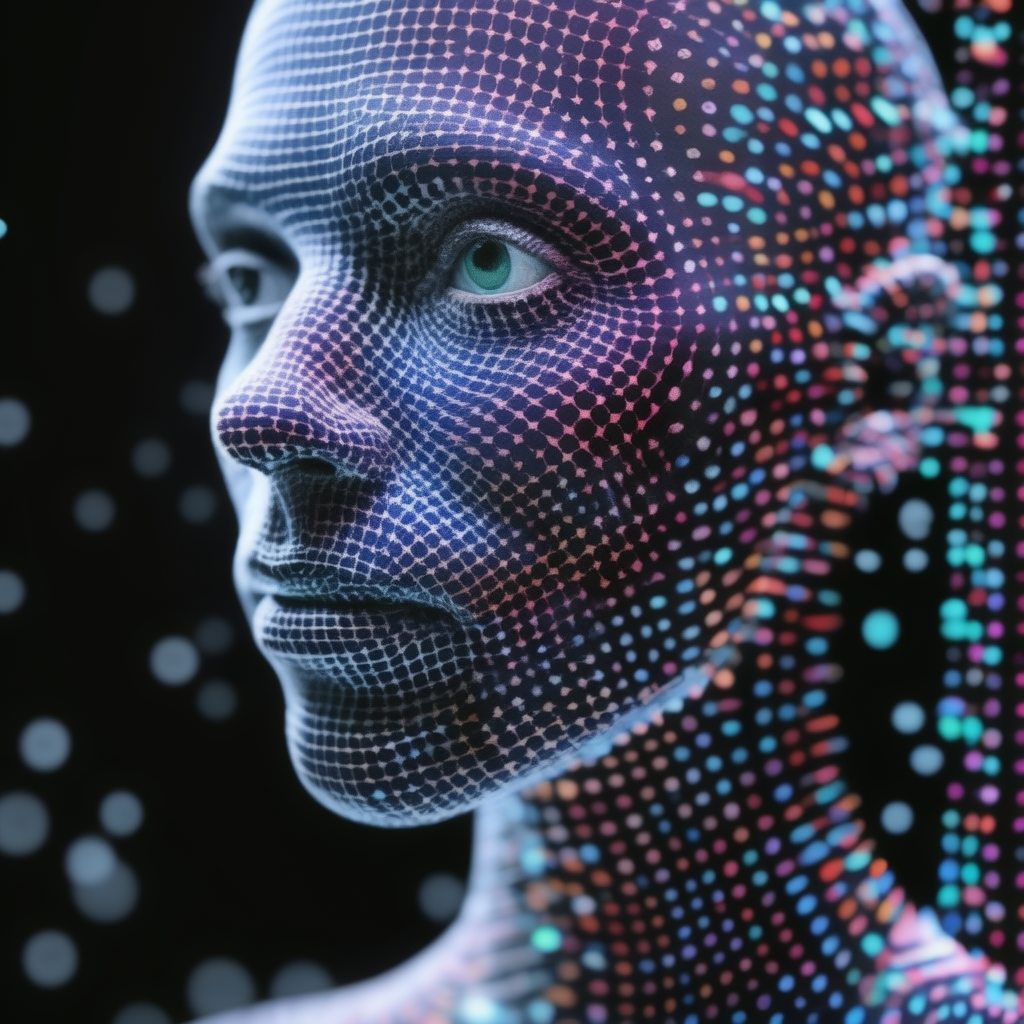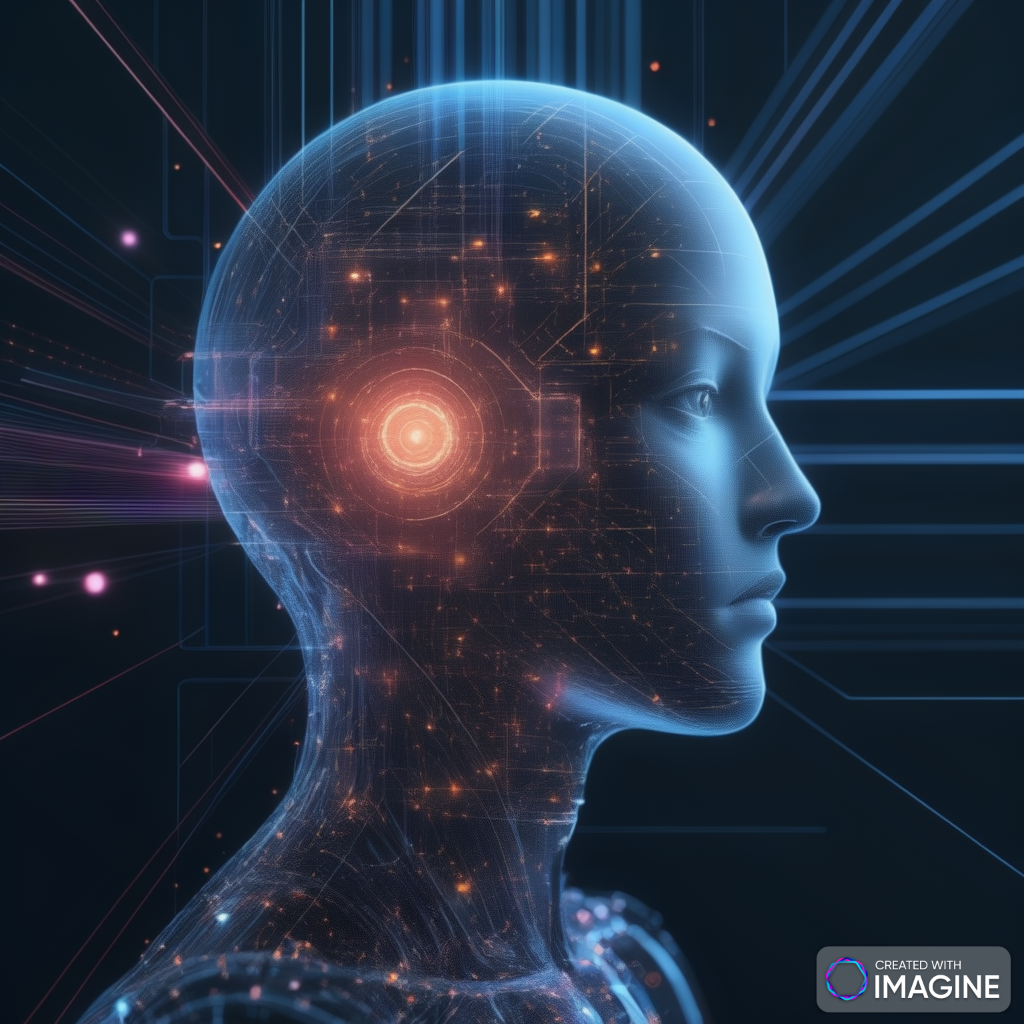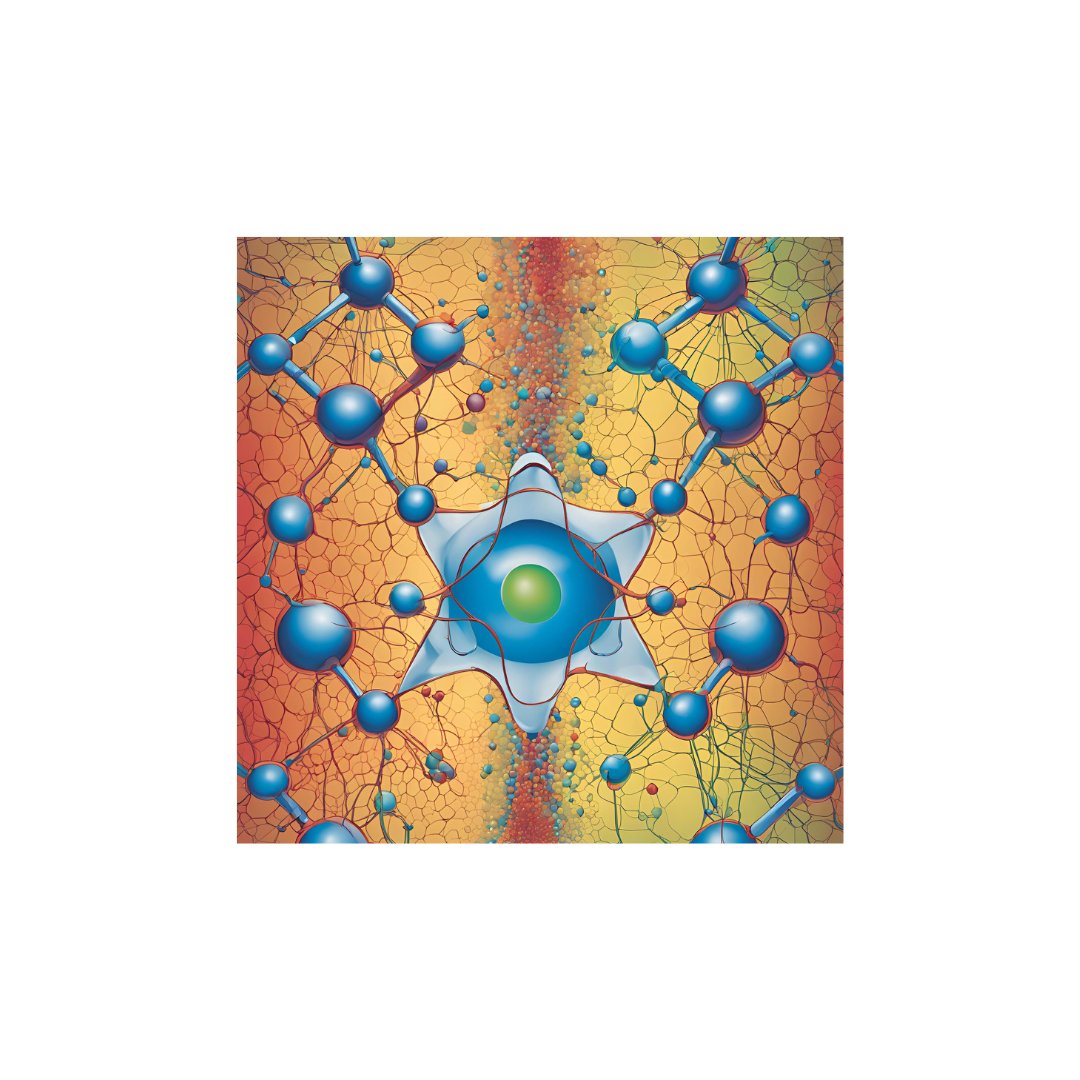Neural Networks in AI/ML vs. “Attention is All You Need” Architecture
Artificial Intelligence and Machine Learning (AI/ML) have witnessed groundbreaking advancements over the years, with neural networks (NN) at the forefront of this revolution. However, a significant paradigm shift occurred with the introduction of the “Attention is All You Need” paper by Google, leading to the development of the Transformer architecture. This blog post delves into the evolution from traditional neural networks to the attention mechanism and Transformers, comparing their structures, functions, and impacts on AI/ML.
Neural Networks: The Foundation of AI/ML
1. Introduction to Neural Networks
Neural networks, inspired by the human brain’s structure, consist of interconnected nodes (neurons) organized into layers. They are particularly powerful for tasks such as image and speech recognition, natural language processing (NLP), and more. Key types of neural networks include:
- Feedforward Neural Networks (FNNs): The simplest form, where information moves in one direction—from input to output.
- Convolutional Neural Networks (CNNs): Specialized for grid-like data (e.g., images), using convolutional layers to detect features like edges and textures.
- Recurrent Neural Networks (RNNs): Designed for sequential data, where outputs from previous steps are fed as inputs to the current step. Variants include Long Short-Term Memory (LSTM) networks and Gated Recurrent Units (GRUs).
2. Limitations of Traditional Neural Networks
While traditional neural networks have been instrumental in AI/ML, they have notable limitations:
- Handling Long-Range Dependencies: RNNs, even with LSTM and GRU improvements, struggle with long-range dependencies in sequences due to vanishing gradients.
- Parallelization Issues: RNNs process data sequentially, which limits their ability to leverage parallel computing resources effectively.
- Scalability: CNNs and RNNs face challenges in scaling to very large datasets and model sizes.
Attention Mechanism: A Game Changer
1. The Concept of Attention
The 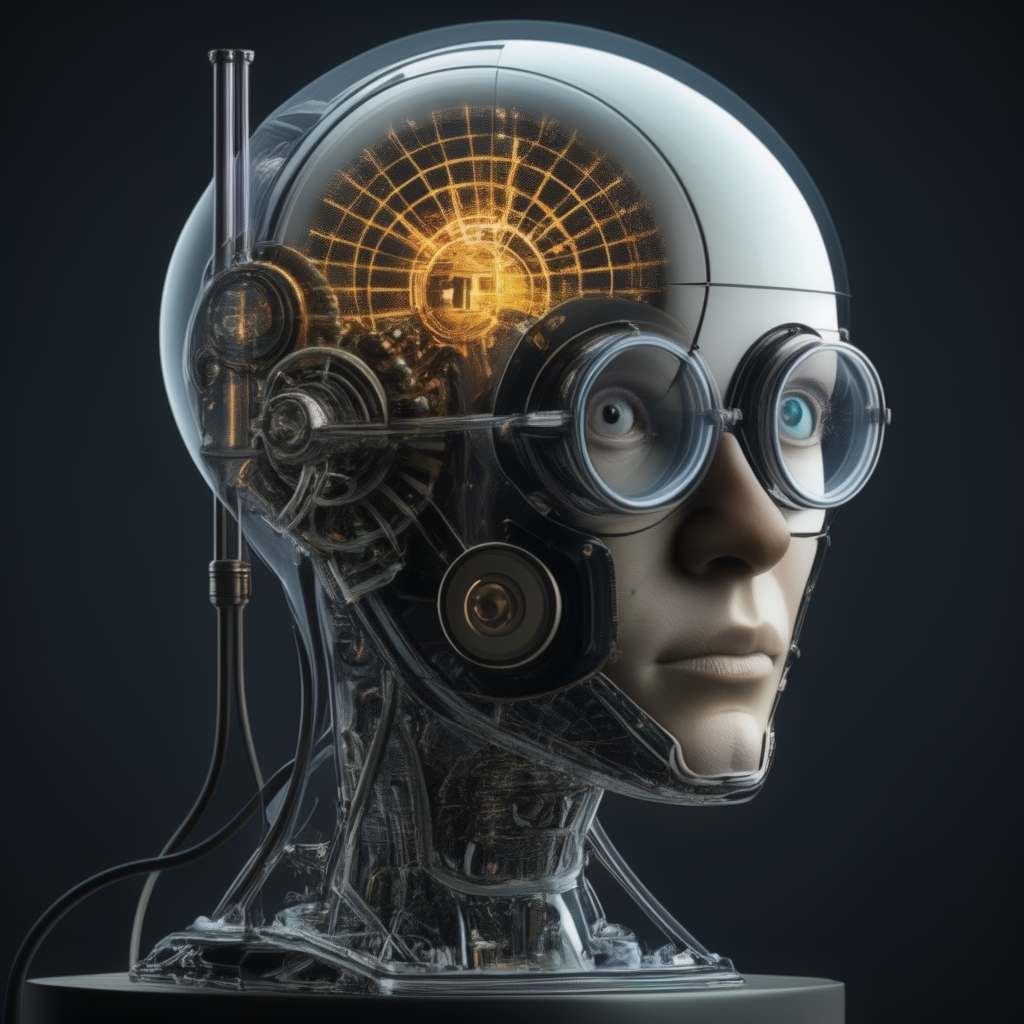 mechanism addresses some limitations of traditional neural networks by allowing models to focus on relevant parts of the input data dynamically. Key components include:
mechanism addresses some limitations of traditional neural networks by allowing models to focus on relevant parts of the input data dynamically. Key components include:
- Attention Weights: These are calculated to determine the importance of each input element in relation to a particular task or query.
- Context Vectors: Created by weighing input elements based on their attention scores, leading to more context-aware representations.
2. Self-Attention
Self-attention, a specific form of attention, allows a model to weigh different parts of a single input sequence. This mechanism is particularly powerful for NLP tasks, where the context of a word can significantly depend on other words in the sequence.
“Attention is All You Need”: The Transformer Architecture
1. Introduction to the Transformer
The Transformer architecture, introduced by Vaswani et al. in the seminal paper “Attention is All You Need,” revolutionized AI/ML by relying entirely on self-attention mechanisms, discarding recurrent and convolutional layers. Key features include:
- Encoder-Decoder Structure: The Transformer consists of an encoder that processes input sequences and a decoder that generates output sequences.
- Multi-Head Attention: Instead of a single attention mechanism, the Transformer uses multiple heads to capture different aspects of the data simultaneously.
- Positional Encoding: Since Transformers lack inherent sequential processing, positional encodings are added to input embeddings to retain the order of sequences.
2. Benefits of the Transformer Architecture
- Parallelization: The self-attention mechanism allows Transformers to process entire sequences simultaneously, leveraging parallel computing resources effectively.
- Long-Range Dependencies: Transformers handle long-range dependencies more efficiently, as attention weights can directly link distant elements in a sequence.
- Scalability: Transformers scale well with data and model size, enabling the training of very large models like GPT-3.
Comparative Analysis: Neural Networks vs. Transformer Architecture
1. Structural Differences
- Neural Networks: Traditional neural networks rely on a series of interconnected layers (convolutional, recurrent, or feedforward) to process data sequentially or hierarchically.
- Transformers: Transformers use self-attention mechanisms within an encoder-decoder framework, allowing for simultaneous processing of entire sequences.
2. Performance and Applications
- Neural Networks: CNNs excel in image processing tasks, while RNNs are suited for sequential data like time series and speech. However, they face challenges with long-range dependencies and parallelization.
- Transformers: Transformers outperform traditional networks in NLP tasks, offering superior handling of long-range dependencies and better scalability. They have also been adapted for other domains like image processing (e.g., Vision Transformers).
3. Computational Efficiency
- Neural Networks: RNNs, in particular, suffer from inefficiencies due to sequential data processing, which limits their parallelization capabilities.
- Transformers: The self-attention mechanism of Transformers enables highly parallelizable operations, leading to significant gains in computational efficiency and training speed.
Impact and Future Directions
The introduction of the Transformer architecture has had a profound impact on AI/ML, particularly in NLP. Models like BERT, GPT-3, and T5, built on the Transformer framework, have set new benchmarks in various language tasks.
1. Beyond NLP
Transformers are increasingly being applied beyond NLP, in areas such as computer vision, reinforcement learning, and even protein folding (e.g., AlphaFold).
2. Continuous Innovation
Ongoing research aims to address some remaining challenges of Transformers, such as their high computational cost and memory requirements for very large models. Innovations like sparse attention and efficient Transformers are promising in this regard.
Deep Dive into Neural Networks and Transformers: Comparative Analysis and Innovations
Neural Networks: A Historical Perspective and Core Components
Historical Development and Early Concepts
Neural networks, inspired by biological neural systems, have evolved significantly since their inception. The early models, such as McCulloch-Pitts neurons in the 1940s, laid the groundwork for subsequent advancements. The perceptron, introduced by Rosenblatt in the 1950s, marked a significant step forward, although its limitations were later highlighted by Minsky and Papert.
Core Components and Architectures
- Neurons and Activation Functions: Artificial neurons process inputs through weighted sums and pass them through activation functions like sigmoid, tanh, or ReLU (Rectified Linear Unit), enabling the network to model complex relationships.
- Layers and Networks: Neural networks are composed of input layers, hidden layers, and output layers. Deep neural networks (DNNs) have multiple hidden layers, allowing for hierarchical feature extraction.
Specialized Neural Networks
Convolutional Neural Networks (CNNs)
- Convolutional Layers: Employ convolutional filters to detect local patterns, such as edges and textures, making them ideal for image and video processing.
- Pooling Layers: Reduce spatial dimensions through operations like max pooling, preserving important features while reducing computational complexity.
- Fully Connected Layers: Integrate high-level features for classification tasks, connecting each neuron in one layer to every neuron in the next.
Recurrent Neural Networks (RNNs) and Variants
- Standard RNNs: Use recurrent connections to maintain state information, suitable for sequential data but suffer from vanishing gradient problems.
- LSTM and GRU: Long Short-Term Memory (LSTM) and Gated Recurrent Units (GRU) address vanishing gradients through gating mechanisms, enhancing the ability to capture long-term dependencies in sequences.
Attention Mechanism: Concept and Implementation
Mechanism Details
The attention mechanism selectively focuses on relevant parts of the input data, dynamically adjusting attention weights. This process involves calculating attention scores through compatibility functions like dot-product or additive attention, followed by normalization using softmax.
Types of Attention
- Global vs. Local Attention: Global attention considers the entire input sequence, while local attention focuses on a fixed-size window, balancing context and efficiency.
- Self-Attention and Cross-Attention: Self-attention relates different parts of the same sequence, whereas cross-attention relates elements from different sequences, crucial in encoder-decoder architectures.
Transformer Architecture: Structural Innovations
Encoder and Decoder Composition
- Encoder Blocks: Consist of self-attention layers followed by position-wise feedforward networks. Each block includes layer normalization and residual connections to stabilize training and enhance performance.
- Decoder Blocks: Incorporate self-attention, encoder-decoder attention, and feedforward layers, allowing the model to generate outputs conditioned on the input sequence.
Positional Encoding
Transformers use positional encoding to inject sequence order information, typically employing sine and cosine functions at different frequencies, enabling the model to capture positional relationships in the data.
Multi-Head Attention
Multi-head attention splits the input into multiple attention heads, each learning different aspects of the relationships within the data. This mechanism allows the model to capture diverse patterns and dependencies.
Advantages and Performance Insights
Parallelization Benefits
Transformers enable extensive parallelization during training and inference, significantly reducing computational time compared to sequential models like RNNs. This capability has been a key factor in training large-scale models on massive datasets.
Handling Long-Range Dependencies
Transformers excel at capturing long-range dependencies due to their self-attention mechanism, which can directly link distant elements in a sequence without the limitations of sequential processing.
Scalability and Flexibility
Transformers have demonstrated remarkable scalability, with models like GPT-3 containing billions of parameters. Their architecture allows for easy adaptation to various tasks, including text generation, translation, and summarization.
Innovations and Extensions of Transformers
Variants and Extensions
- BERT (Bidirectional Encoder Representations from Transformers): Uses masked language modeling to pre-train on large text corpora, achieving state-of-the-art results in various NLP tasks.
- GPT (Generative Pre-trained Transformer): Focuses on autoregressive language modeling, generating coherent and contextually relevant text.
Domain Adaptations
- Vision Transformers (ViT): Adapt the Transformer architecture for image classification, treating image patches as sequence elements and achieving competitive performance with CNNs.
- Reformer: Introduces locality-sensitive hashing and reversible layers to reduce memory and computational requirements, making Transformers more efficient.
Practical Applications and Real-World Impact
Natural Language Processing (NLP)
Transformers have revolutionized NLP, excelling in tasks such as translation, sentiment analysis, and question answering. Pre-trained models like BERT and GPT have been fine-tuned for specific applications, demonstrating versatility and effectiveness.
Beyond Text: Applications in Other Domains
- Computer Vision: Vision Transformers are increasingly used for image classification, object detection, and segmentation, leveraging the attention mechanism to capture spatial relationships.
- Healthcare: Transformers assist in drug discovery, genomics, and medical imaging, providing powerful tools for analyzing complex biological data.
Future Directions and Challenges
Addressing Computational Costs
Research continues to focus on reducing the computational and memory demands of Transformers, with innovations like sparse attention mechanisms and efficient architectures paving the way for more accessible and scalable models.
Expanding Applications
Transformers are being explored in diverse fields beyond traditional AI/ML domains, such as finance, robotics, and scientific research, highlighting their potential to transform a wide range of industries.
Conclusion: The Evolution of AI/ML
The transition from traditional neural networks to the Transformer architecture marks a significant milestone in AI/ML. While neural networks laid the foundation for many advancements, the introduction of the attention mechanism and Transformers has unlocked new possibilities, enabling more efficient, scalable, and powerful models. As research continues to build on these foundations, we can expect even more groundbreaking developments in the field of AI/ML, reshaping our understanding of what these technologies can achieve.
Conclusion
The shift from traditional neural networks to the Transformer architecture represents a significant evolution in AI/ML. While neural networks laid the groundwork for many advancements, the introduction of the attention mechanism and the subsequent Transformer architecture have unlocked new possibilities, enabling more efficient, scalable, and powerful models. As research continues to build on these foundations, we can expect even more groundbreaking developments in the field of AI/ML.

